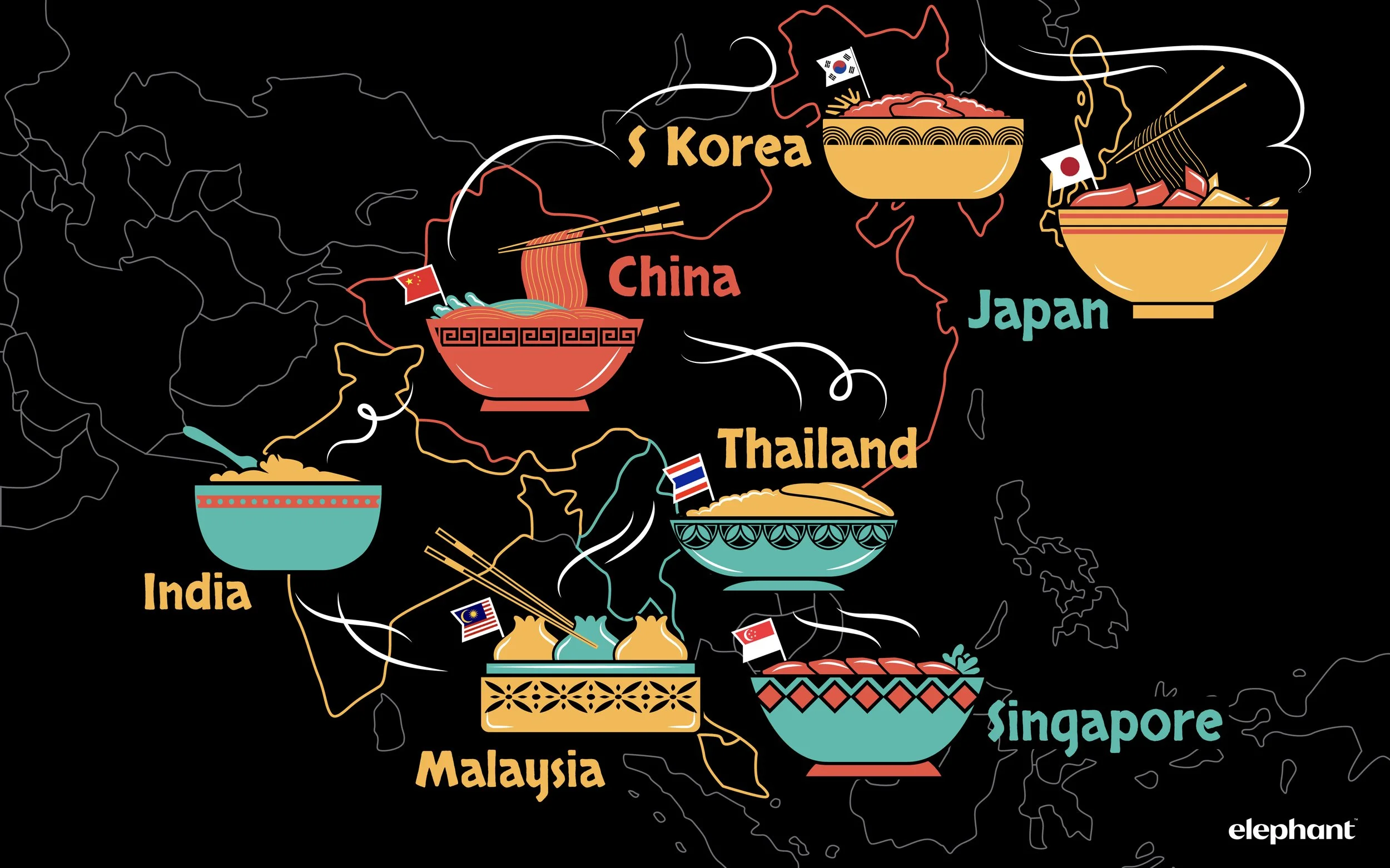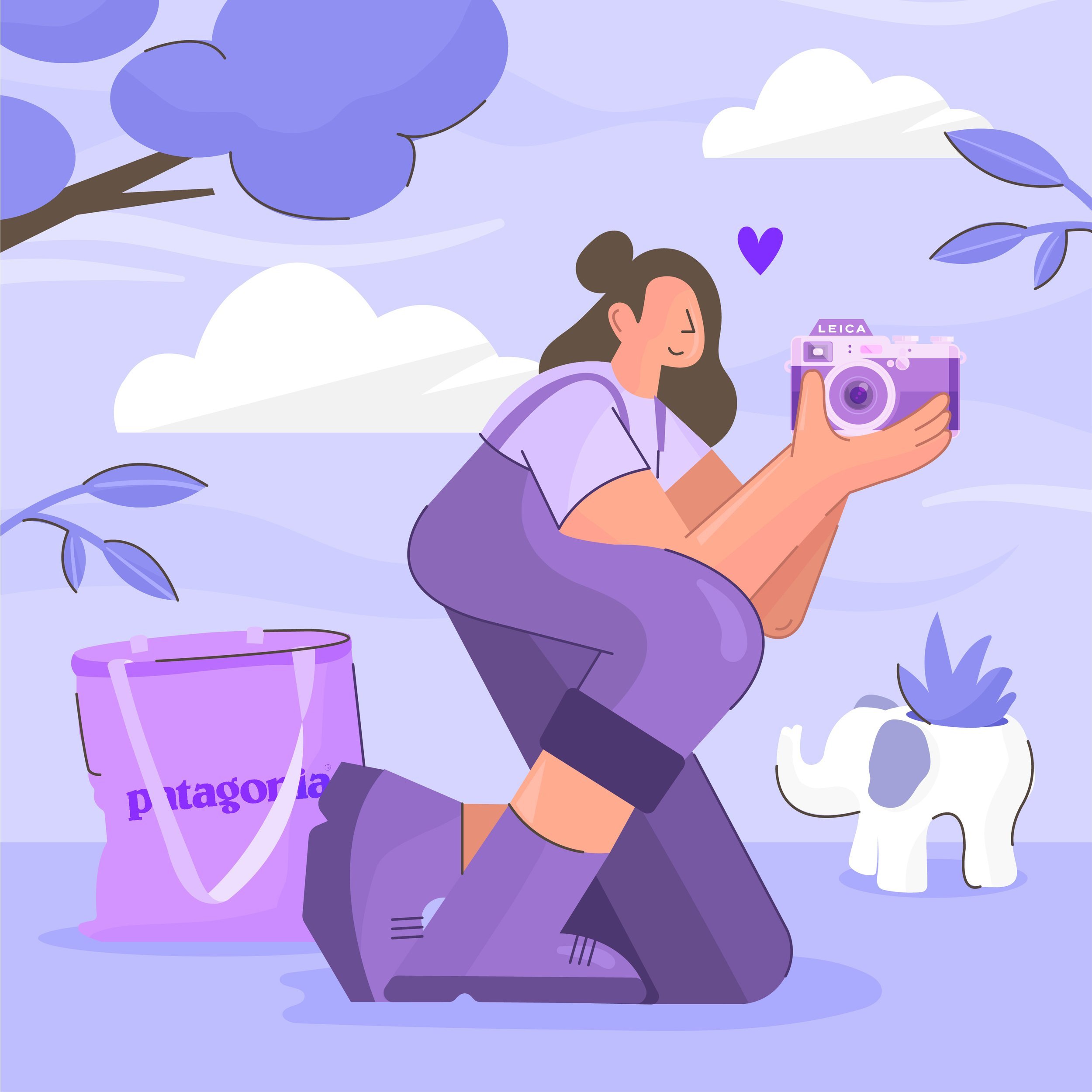What the Doctor Ordered: The Prescription for OTC Success is Strategic Design
Insights
Consumers value branded medications over generics despite identical active ingredients.QR codes and NFC technology transform packaging into digital health companions.Poor medication adherence can be solved through intuitive visual cues.Brands must balance biodegradable materials with pharmaceutical safety standards.Successful brands create approachable packaging that adapts to individual needs.
Why Design Has Become the Critical Differentiator in OTC Healthcare
In 2019, branded analgesics captured 11.1% of the U.S. internal analgesic tablet market while private label generics dominated with nearly $1.18 billion in sales. And yet, consumers consistently opt for branded products containing identical active ingredients.This paradox reveals a fundamental shift: consumers no longer choose medications based solely on efficacy, but on trust signals, accessibility cues, and emotional resonance that may be embedded in design. With the global consumer healthcare market projected to reach $458 billion by 2033 and pharmaceutical packaging expanding at 6% annually, design has emerged as the critical differentiator that transforms commoditized molecules into trusted health companions. The New Healthcare Consumer Reality
Today's healthcare consumers are digitally native, research-driven, and sceptical of traditional marketing. They use the internet and social media extensively for healthcare decisions, with online information directly influencing purchases. This demands packaging that serves as both information gateway and trust builder. Brands must move on from sterile, clinical designs to sophisticated packaging that communicates medical authority while feeling approachable and human. Five Critical Design Trends Reshaping OTC Packaging
Smart Technology Integration
QR codes and NFC technology provide instant access to dosage information and educational content, creating connected healthcare ecosystems where packaging becomes a digital health companion.Leading packaging technology companies have collaborated to embed smart NFC tags in healthcare products that provide benefits like easy re-ordering and quickly accessible guidance through smartphone apps, with some solutions featuring environmental detection capabilities that communicate with smartphones to ensure medication integrity.Demographic-Specific Solutions
Personalized medicine drives packaging customization: legible fonts and easier-to-open mechanisms for seniors, cultural sensitivity, and lifestyle alignment recognizing that effective healthcare communication must be tailored.The single biggest challenge in the medicine ecosystem is the non-compliance of prescribed dosage. Patients falter on schedules and dosage sizes, especially in developing and partially literate regions. Design has the responsibility to help patients comply with prescriptions better through intuitive visual cues and simplified instructions.For a calcium supplement brand targeting the 35+ demographic, we implemented dual-layer communication with aspirational imagery for busy mothers while maintaining scientific credibility markers. The enlarged typography and intuitive color-coding helped parents quickly identify variants without compromising premium positioning.Sustainability as Strategy
Environmental consciousness is market-required. Brands have started investing in biodegradable materials to reduce plastic usage while balancing sustainability with pharmaceutical safety requirements.Major pharmaceutical packaging companies have launched comprehensive sustainable solutions that include recycled materials, bio-based plastics, and compostable alternatives. Some leading pharmaceutical manufacturers have pioneered collection and recycling programs, successfully recovering significant tonnage of plastic from injection pens and other medical devices.Enhanced Safety Innovation
Child-resistant packaging evolves toward mechanisms difficult for children yet accessible to adults, including those with limited dexterity. It must be safe without sacrificing user experience.The introduction of braille on medicine packaging is becoming mandatory in many countries and will soon be followed by the rest of the world. This accessibility feature demonstrates empathy while ensuring universal access to critical health information.For a paediatric supplement brand, we implemented a dual-safety system with rotating lid mechanisms and individual blister packaging, incorporating playful design elements that appeal to children during supervised consumption.Patient-Centric Philosophy
Packaging adapts to individual needs through customizable dosages, personalized schedules, and lifestyle alignment, improving adherence rates and health outcomes.For a wellness brand targeting millennials, we reimagined pain management packaging by avoiding clinical imagery in favour of movement-focused visuals and energetic colour schemes, positioning healthcare as proactive lifestyle enhancement.
Strategic Brand Responses
Leading OTC brands are responding with innovative strategies that balance medical credibility with consumer accessibility. The most successful approaches combine clear information hierarchy with intuitive interaction design, moving from functional pharmaceutical cues toward warmer, more approachable palettes that maintain trust and efficacy. For one intimate hygiene brand, we developed the iconic pH meter graphic and curated colour palette that became industry benchmarks, demonstrating how thoughtful design can establish market leadership while educating consumers. The Potency of Research and Repositioning
Effective OTC packaging begins with deep consumer research and behavioural analysis. We can also understand the complete consumer journey via a collaborative effort between designers, regulatory experts, and brand strategists. For a legacy skincare brand, our strategic repositioning exercises hinged completely on research insights. This helped scale the brand from single-digit revenues to significant market presence with minimal advertising support. Testing and validation involve consumer research across diverse user groups to ensure accessibility, usability, and effectiveness. The best designs undergo rigorous evaluation while accounting for manufacturing constraints and supply chain realities. Future Implications: Designing Tomorrow's Healthcare
Pharmaceutical companies that will thrive understand design not as decoration, but as healthcare innovation. They recognize that effective packaging design improves health outcomes, increases adherence, and builds lasting consumer relationships. The future belongs to those who blend therapeutic efficacy with human-centred design, creating packaging that truly serves tomorrow's healthcare consumers. 




















